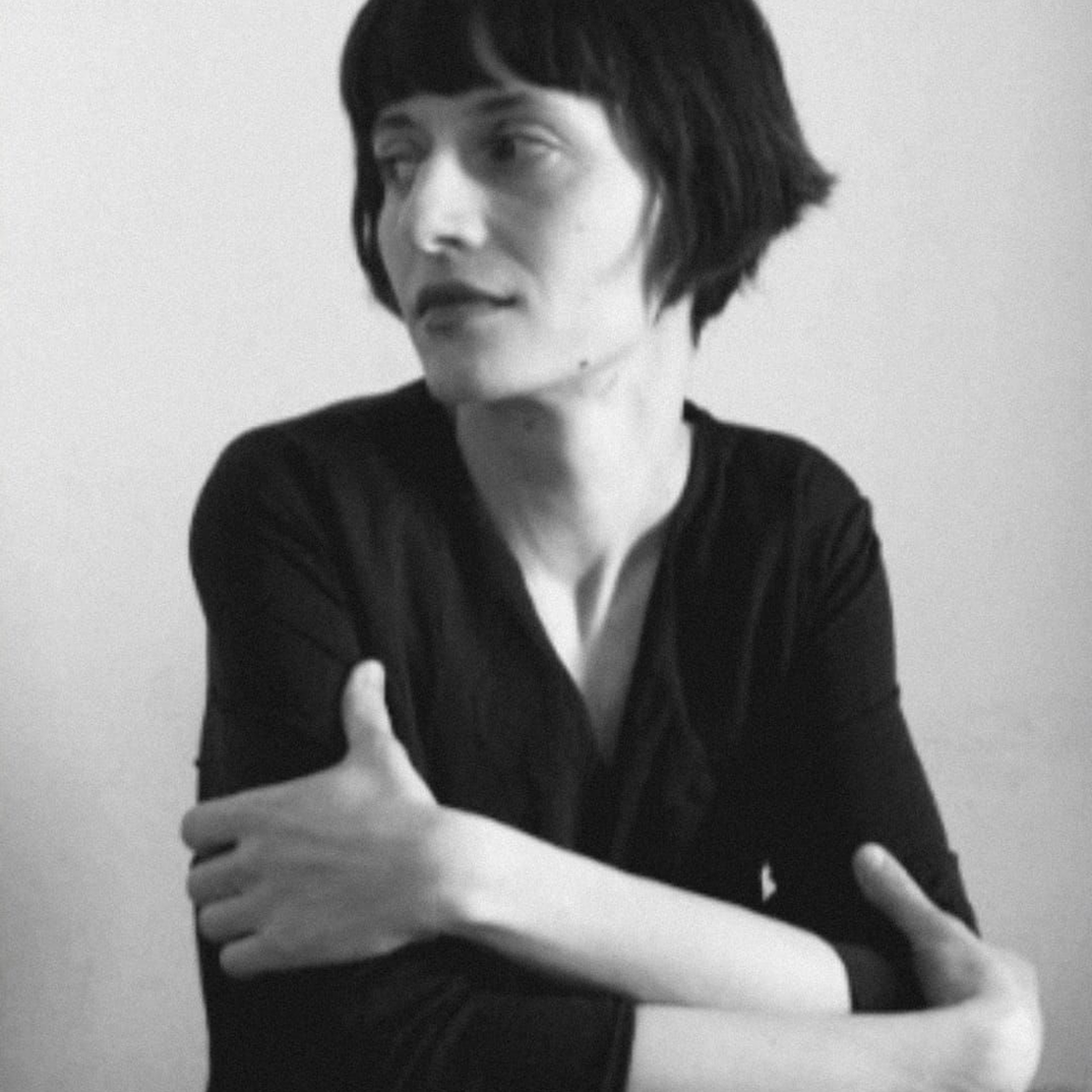What drives you to create?
First: because I need to explain things to myself — and perhaps, indirectly, to others — certain perceptions that resist pure logic. I have a need to take a route that escapes the grip of rationality. That’s where the oxymoron comes in: by nature, it ties together opposites and sets them in resonance, allowing two distant ideas to collide and create something new. In short, images are my emergency exit — a way out of situations where my hyper-analytical side tries to take control, dissecting and cataloguing every experience in neat Cartesian compartments.
Second: to hold the high and the low together, the serious and the humorous, the living and the dead — in some tolerable coexistence. It’s a costly process in terms of time and discouragement, but for now I haven’t found a better long-term alternative.
Third: to give space to a repeated act of trust — I’d say faith, if that word weren’t so complicated for me — that otherwise wouldn’t have any outlet. When it comes to people, trust is something I earn very slowly — biographical reasons — it takes rivers of time, oceans of patience, and often dries up quickly due to misunderstandings. But when it comes to creating images, trust overflows. And we return to the oxymoron: “dark things tend toward clarity”
What inspires you?
Memories — past and future. Encounters that never quite happened. Words stumbled upon by chance.
How do you bring your works to life?
I mainly work with ink, watercolour, pencils, and brush pens on 100% cotton paper. Watercolour is a technique for pessimists. You paint in the negative — the brightest point is the untouched white of the paper. Every gesture, even the lightest wash of colour, dims the light — takes you one step closer to shadow.
It also demands speed — especially in warmer months, when everything literally evaporates in your hands — yet it doesn’t forgive mistakes.If a serious mistake happens, there’s no recovery. Better to curse, burn the sheet, and curse again. I factor in a certain percentage of failure as inevitable.
I’ve always invested in my technique — in time, and in the materials I choose. When technique (understood as the stripped-down set of necessary gestures and knowledge, free from frills or reverence) is fully internalised, it becomes unconscious. Then all the attention can be given to the content. Put more clearly: if you no longer have to think about how to move your hands, what flows through them is more likely to be alive — and to say something that matters.
Over time, my palette has evolved and become more defined: a limited number of colours, a few tones that call out to each other — and right now, they sound just right to me.
Get the latest News & Events
Subscribe to our newsletter and we’ll send you the latest event updates, news, and more.
